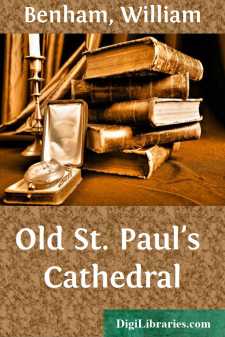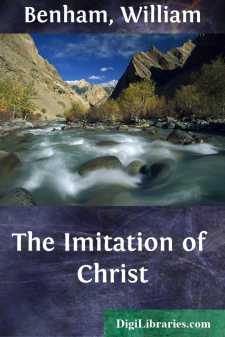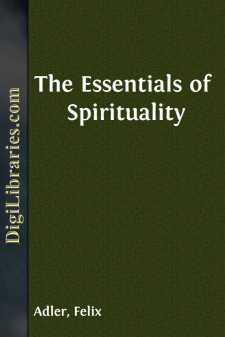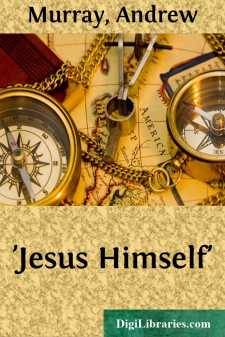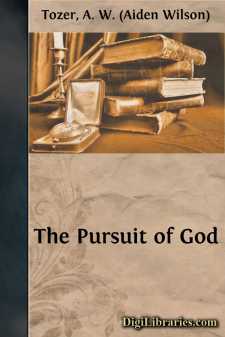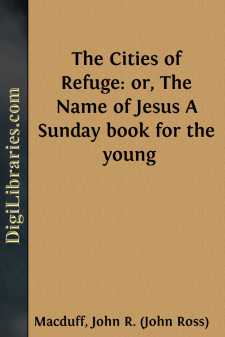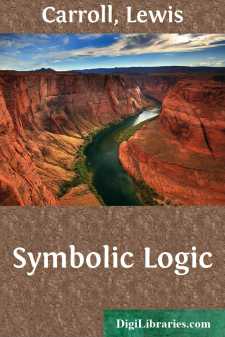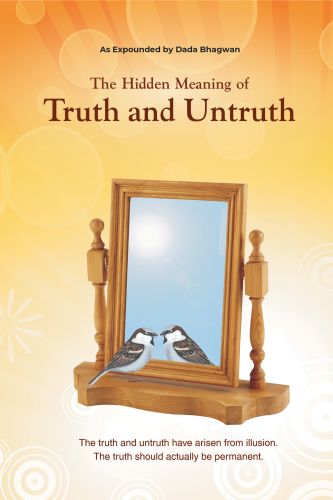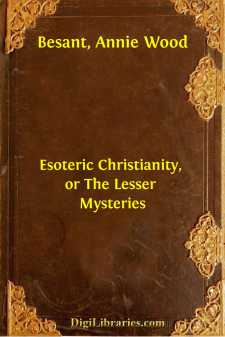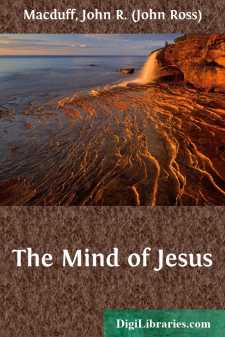Categories
- Antiques & Collectibles 13
- Architecture 36
- Art 48
- Bibles 22
- Biography & Autobiography 813
- Body, Mind & Spirit 142
- Business & Economics 28
- Children's Books 17
- Children's Fiction 14
- Computers 4
- Cooking 94
- Crafts & Hobbies 4
- Drama 346
- Education 46
- Family & Relationships 57
- Fiction 11829
- Games 19
- Gardening 17
- Health & Fitness 34
- History 1377
- House & Home 1
- Humor 147
- Juvenile Fiction 1873
- Juvenile Nonfiction 202
- Language Arts & Disciplines 88
- Law 16
- Literary Collections 686
- Literary Criticism 179
- Mathematics 13
- Medical 41
- Music 40
- Nature 179
- Non-Classifiable 1768
- Performing Arts 7
- Periodicals 1453
- Philosophy 64
- Photography 2
- Poetry 896
- Political Science 203
- Psychology 42
- Reference 154
- Religion 513
- Science 126
- Self-Help 84
- Social Science 81
- Sports & Recreation 34
- Study Aids 3
- Technology & Engineering 59
- Transportation 23
- Travel 463
- True Crime 29
Old St. Paul's Cathedral
by: William Benham
Categories:
Description:
Excerpt
CHAPTER I.
THE BUILDING.
Roman London—The Beginning of Christian London—The English Conquest and London once more Heathen—The Conversion—Bishop Mellitus—King Sebert—The First Cathedral—Its Destruction—Foundation of the Second Cathedral by Bishop Maurice—Another Destructive Fire—Restoration and Architectural Changes—Bishop Fulk Basset's Restoration—The Addition Eastward—St. Gregory's Church on the S.W. side—"The New Work" and a New Spire: dedicated by Bishop Segrave—How the Money was raised—Dimensions of the Old Church—The Tower and Spire—The Rose Window at the East End—Beginning of Desecration.
The Romans began the systematic conquest of Britain about the time of Herod Agrippa, whose death is recorded in Acts xii. London was probably a place of some importance in those days, though there is no mention of it in Cæsar's narrative, written some eighty years previously. Dr. Guest brought forward reasons for supposing that at the conquest the General Aulus Plautius chose London as a good spot on which to fortify himself, and that thus a military station was permanently founded on the site of the present cathedral, as being the highest ground. If so, we may call that the beginning of historic London, and the Romans, being still heathen, would, we may be sure, have a temple dedicated to the gods close by. Old tradition has it that the principal temple was dedicated to Diana, and it is no improbable guess that this deity was popular with the incomers, who found wide and well-stocked hunting grounds all round the neighbourhood. Ages afterwards, in the days of Edward III., were found, in the course of some exhumations, vast quantities of bones of cattle and stags' horns, which were assumed to be the remains of sacrifices to the goddess. So they may have been; we have no means of knowing. An altar to Diana was found[page 2] in 1830 in Foster Lane, close by, which is now in the Guildhall Museum.
But not many years can have passed before Christianity had obtained a footing among the Roman people; we know not how. To use Dr. Martineau's expressive similitude, the Faith was blown over the world silently like thistle-seed, and as silently here and there it fell and took root. We know no more who were its first preachers in Rome than we do who they were in Britain. It was in Rome before St. Paul arrived in the city, for he had already written his Epistle to the Romans; but evidently he made great impression on the Prætorian soldiers. And we may be sure that there were many "of this way" in the camp in London by the end of the first century. For the same reason we may take it for granted that there must have been a place of worship, especially as before the Romans left the country Christianity was established as the religion of the Empire. Only two churches of the Roman period in England can now be traced with certainty. Mr. St. John Hope and his fellow-explorers a few years ago unearthed one at Silchester, and the foundations of another may be seen in the churchyard of Lyminge in Kent....


